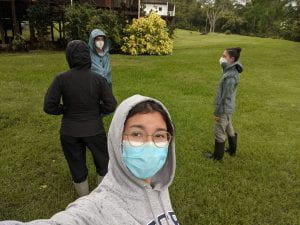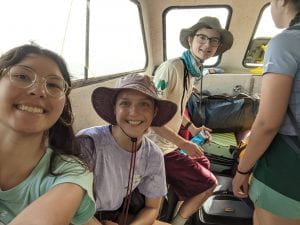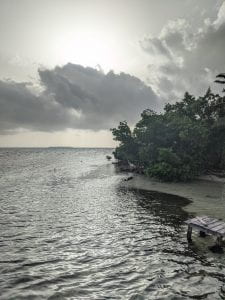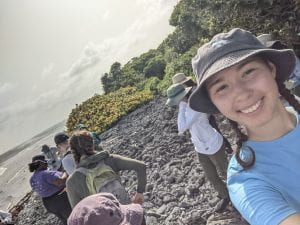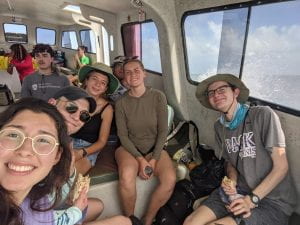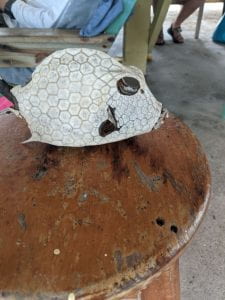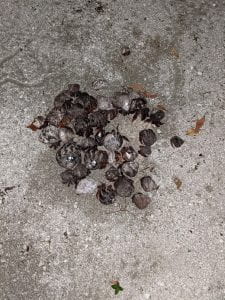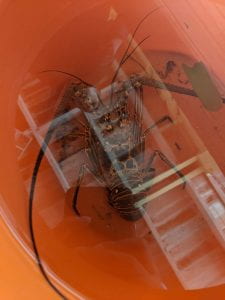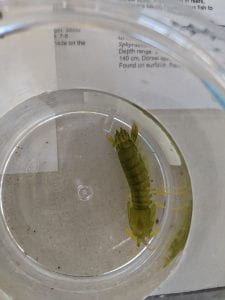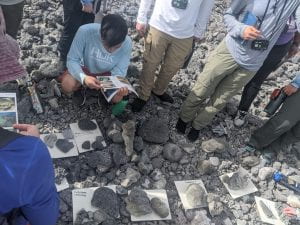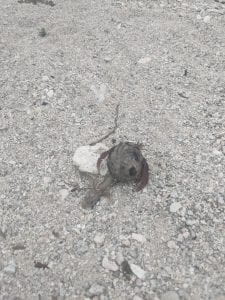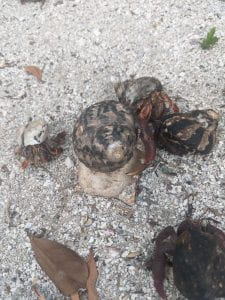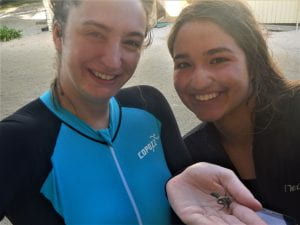I didn’t wake up to birds today, I woke up to the sound of my sister getting ready for school, and my brother playing video games. Instead of being greeted in the morning by hermit crabs and bees, it was my dog. Instead of the smell of soil, rain, and the sea, it’s the smell of a city (pee and cigarettes). My dad kept asking if I would want to go back someday, and my answer is always “yes, of course!” Like I would sit in the mangroves of death every day for an hour just to go back with everyone for another week.
It’s crazy how despite all the differences between the coral reef and the rainforest, the thing that really relates them the most is the vast diversity they hold and maintain. I’m sure we could get into scientific differences, the framework of the reef being built on the exoskeletons of coral, the forest reliance on the nutrient cycle to maintain the trees which provide for the rest. I’m inclined to say that rainforests are the coral reefs of land (instead of the opposite, but that might just be my personal preference for the reef). But instead of thinking too hard about all the scientific levels these two ecosystems relate, I think they’re related in that they each filled me with the same sense of awe, wonder, curiosity, and endless excitement. I could stare over each environment for hours, and never get bored, there’s always something new to look at, a different fish, a new bird, a new interaction, a tree so tall you can’t see the top, or a reef so deep you can only imagine what’s on the bottom.
My expectations going in were that it would be much more formal, more pressure and much stricter. In reality it turns out our professors are kind, understanding, and just as curious and excited as we are, they’re just happy to help us grow in our knowledge and experience and push our interests even further.
My favorite part of the course was Glover’s reef, without a doubt. I think it’s really solidified for me that marine biology is what I want to continue to study, that I can thrive not just in a lab at my lab bench with pipettes, but also in the field. I know that I can handle unexpected circumstances, changing plans and uncertainty and not freak out. I’m supposed to write about my least favorite parts of the course but I can only think of the van rides, not because they weren’t fun, just because I get carsick really easily. Honestly, I kind of miss the mosquitos and the bugs. I also learned that I can make new friends, even when it’s scary and it’s all people I’ve never met before. I always thought I was really shy and I was really scared of meeting new people, but even after a couple days I was ready to call everyone there with me a friend, and I hope that we will all continue to be friends even as we continue through undergrad or graduation, and I really hope to be able to work with everyone again in the future in some capacity or another.
Not to bash premeds, but this course has completely erased any doubts I had about changing paths. No matter how much work we were doing, how long the days were, how frustrating the waves, how seasick I was or how itchy I got, I was always happy. I was completely engaged and eager to learn. I really thought that medicine would be the only thing worth pursuing for me, and when I was forced to drop premed because it was making me miserable I was worried that nothing else would be as worthwhile or fulfilling. But I’m realizing there’s no point in having the most respected career or the most intense academics if you’re miserable the whole time and not even interested. I wanted to be a marine biologist in elementary and middle school, and even the first few years of high school, then I changed my mind to becoming a doctor, but that clearly didn’t last, I just don’t think I can stay away from the ocean and everything there is to learn and explore there.
EEBIO full steam ahead!!! This isn’t the last time you’ll see me on a reef, and hopefully someday I’ll be able to go all the way to the bottom of the ocean!
“We are tied to the ocean. And when we go back to the sea, whether it is to sail or to watch it, we are going back from whence we came.”

